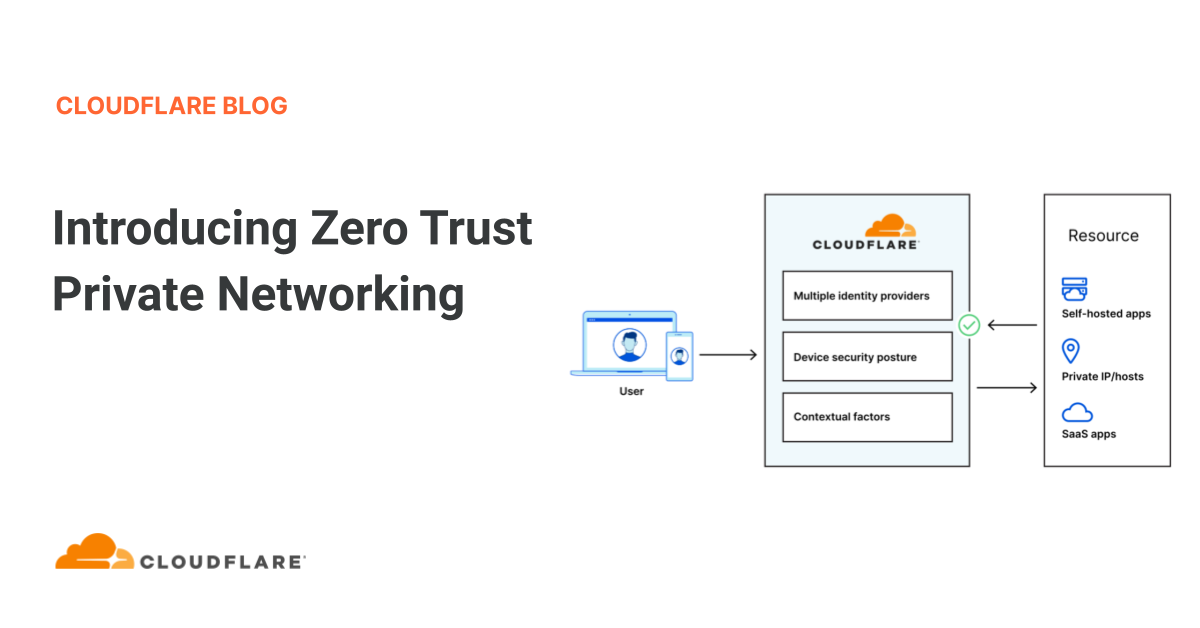All Categories
Featured
Table of Contents
- – What Are The Most Recommended Semantic Seo Str...
- – Which Is The Leading Semantic Seo Analysis Com...
- – Which Is The Most Popular Semantic Seo Insigh...
- – Semantic Seo Services
- – What Is The Leading Semantic Markup In Seo B...
- – What Is The Most Reliable Semantic Seo Audit...
- – What Are The Highest Rated Improving Ranking...
This is because search engines have actually evolved and are moving a lot more and a lot more in the direction of reading material on the web. Of course, that has likewise altered the method we develop web content, specifically if we want to place much better in the search engines.
Intertwingularity is not usually recognized, individuals keep pretending they can make points deeply hierarchical, categorizable and consecutive when they can't. Based on the relationships between search objectives, the search engine likes a content in positioning by computing the range between the vectors of meaning.
It permits you to see, starting from a subject, all the entities that are relevant to that topic. This method you can clearly see which entities/concepts/ideas have actually already been covered on your site, and you can discover new chances by comprehending what material you can add and exactly how to create it.
What Are The Most Recommended Semantic Seo Strategies
It is able to make your web content reasonable for internet search engine on the one hand and for your target market on the other. Structuring your web content model highlights your content and its underlying partnerships to ensure that internet search engine can recognize you amongst thousands of items of information, making you a lot more noticeable to customers who fulfill the search intent related to your service.
In semantic search engine optimization copywriting, an editor starts from a more comprehensive series of topics and tailors the material to include semantically relevant terms and expressions that help visitors recognize a topic, comparable to reviewing material in a wiki. From a web content creating point of view, one practical means to do this is to develop a vocabulary of terms and inquiries surrounding your target topic.
Which Is The Leading Semantic Seo Analysis Company
Find out much more regarding by seeing the by!.

Semantic search describes the process of how internet search engine understand and match key words to a searcher's intent in natural search outcomes. Prior to semantic search, online search engine like Google operated like matchmakersaligning particular words in your query with those precise words on web pages. The outcomes were uncomplicated but often did not have deepness.
Which Is The Most Popular Semantic Seo Insights To Buy
It enables Google to offer quick, precise response to browse inquiries about real-world subjects. When you kind an inquiry word into Google, you're not just getting in a series of words. You use a complicated web of definitions and connections. Google's Knowledge Graph sees these words as entities with context and relationships.
When you browse for "Apple," Google doesn't simply see a word that describes a fruit. It identifies Apple as a business and can give related information. It was Google's solution to the rise of voice searches, where questions came to be much more conversational and nuanced.
Semantic Seo Services
By incorporating NLP, Hummingbird permitted Google to move beyond mere keyword matching. It helped the online search engine comprehend search intent, enhancing the probabilities that results would accurately match the factor behind a user's search. As the 3rd crucial ranking factor after material and links, RankBrain has enhanced Google's semantic search abilities to comprehend the meaning of search queries.
RankBrain is a machine understanding system that aids Google translate queries it hasn't seen before. It can make assumptions concerning words and expressions it does not recognize and filter results appropriately. Making it extra effective at dealing with never-before-seen search questions. RankBrain thinks about greater than simply key words when evaluating a search query.
So it fetches results that match the keywords and line up with the overall intent of supplying pup training advice. And if the customer regularly looks for dog-related material, Google may focus on much more thorough training guidesrecognizing the individual's ongoing interest in the topic. Combining technologies like the Knowledge Chart, Hummingbird, and RankBrain, semantic search helps the Google formula translate and connect information throughout a large internet of information.
What Is The Leading Semantic Markup In Seo Business?
The focus shifts from keyword option to an all natural strategy including user intent, topical significance, and total individual experience. Creating web content that deals with the searcher's requirements with extensive details can enhance your SERP positions. Listed below, we describe the patterns and methods that combine the need for semantically informed web content. Later, we provide workable suggestions to turn these understandings right into best practices.
A broader method to material aligns better with semantic search's shift away from exact key phrase matching and toward individual intent. Content that covers search inquiries more extensively not only pleases individuals.
UX intends to create a visually enticing, straightforward interface with interesting, quality web content that urges site visitors to remain. Semantic search innovation allows search engines to intend for results that offer the ideal possible UX.
What Is The Most Reliable Semantic Seo Audits For Your Money

All showcase Google's capability to deal with a subject inquiry adequately. By understanding the context and intent behind user inquiries, online search engine can provide much more pertinent details and possibly enhance user engagement. Personalization in search results creates much better UX.Based on your past search history and choices as a customer, semantic search assists internet search engine customize the results to fit your special demands and rate of interests.
So it brings outcomes that match the keywords and straighten with the general intent of providing puppy training guidance. And if the user frequently looks for dog-related material, Google might focus on more detailed training guidesrecognizing the customer's recurring passion in the subject. Combining modern technologies like the Knowledge Graph, Hummingbird, and RankBrain, semantic search aids the Google algorithm translate and connect information across a huge web of details.
What Are The Highest Rated Improving Rankings With Semantic Seo?
The focus changes from keyword option to an all natural strategy encompassing customer intent, topical importance, and overall individual experience. Creating content that resolves the searcher's requirements with extensive info can improve your SERP positions.

And sort of content can best please their needs. A wider technique to material aligns better with semantic search's change away from precise key words matching and toward customer intent. Which clarifies the enhanced focus on topic collections, as opposed to individual key words. Material that covers search queries much more thoroughly not only pleases customers.
UX intends to create an aesthetically attractive, user-friendly interface with appealing, top quality content that encourages site visitors to stay. Semantic search technology enables search engines to intend for results that offer the finest possible UX.
All display Google's capability to resolve a topic query thoroughly. By understanding the context and intent behind individual queries, online search engine can deliver much more pertinent details and possibly increase individual engagement. Personalization in search results makes for better UX.Based on your past search background and choices as an individual, semantic search aids look engines tailor the outcomes to suit your one-of-a-kind requirements and interests.
Table of Contents
- – What Are The Most Recommended Semantic Seo Str...
- – Which Is The Leading Semantic Seo Analysis Com...
- – Which Is The Most Popular Semantic Seo Insigh...
- – Semantic Seo Services
- – What Is The Leading Semantic Markup In Seo B...
- – What Is The Most Reliable Semantic Seo Audit...
- – What Are The Highest Rated Improving Ranking...
Latest Posts
Whats The Most Popular What Is Semantic Seo To Buy
Who Is The Top-Rated Seo With Semantic Search Provider
Which Is The Premier Semantic Seo Optimization Tools Company?
More
Latest Posts
Whats The Most Popular What Is Semantic Seo To Buy
Who Is The Top-Rated Seo With Semantic Search Provider
Which Is The Premier Semantic Seo Optimization Tools Company?